Blueberry in the Urals is a common phenomenon for gardeners of this edge. Winter-hardy and hovering culture perfectly carries out in this climatic zone and after a few years it fertures abundant harvest. And, if the wild blueberries is characterized by small, acidic taste, berries, derived sorts of garden blueberries, on the contrary, are large and sweet.
How to technologically correct blueberries in the middle lane of Russia, and, which agrotechnical techniques will help to cope with this task - read in this selection of material.
Blueberry in the Urals, description of the plant
- This species refers to the family of heers.
- Leafy shrub, blueberries, unpretentious perennial plant.
- It is found in all areas of the northern hemisphere with a cold and temperate climate. The climatic zones of the Urals and the Far East are no exception.
- In nature, the perennial grows almost everywhere: in the tundra, forests, near the swamps, rivers, in the mountains and in peatables.
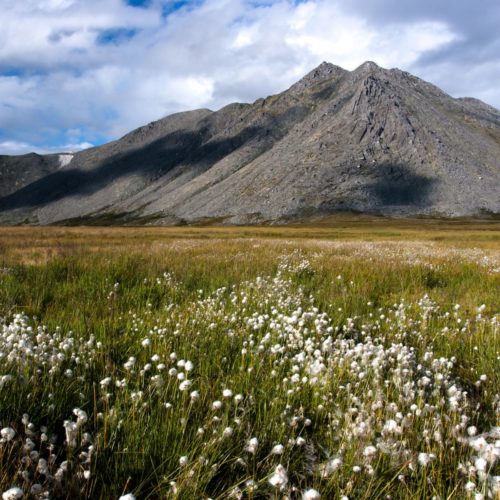
- Blueberry is a frost-resistant plant, with a long period of life. The age of bushes often reaches a 100-year boundary.
- The culture obtained its name thanks to berries, characteristic blue-blue color. There is a lot of common in the people, the names of blueberries: a scold, golobol, waterfrint, blueberries, blue grapes, sinic, drinker, fool, etc.
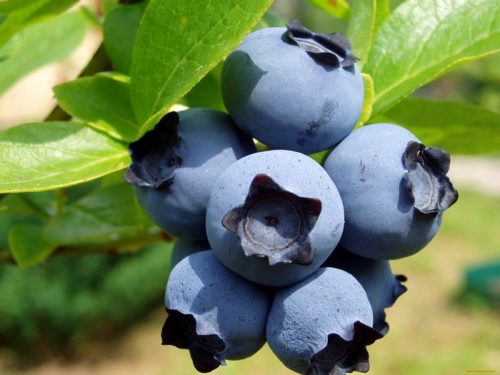
- Wild blueberry bushes reach a height of no more than 1st meter, while garden representatives are more taller and grow to 2-3 m.
- Stems at blueberries are branchy, often sharpening, weighing along the entire length. Cultural species are characterized by a wider and branched crown due to the rapid growth and formation of new shoots.
- The urine root system is superficial, without root hairs; Soil nutrition occurs at the expense of mycorrhism (symbiosis with mushroom mycelium).
- The leaves of the shrub is quite large, dark green, oblong, up to 3 cm long.
- Blossom begins in the spring, in May, and lasts about a month. Then, the bushes are densely dodged with pink flower, similar to bells and collected into busy inflorescences of 7-10 pcs. Already in the middle of summer, the first berries ripen.
- Blueberry fruits are round blue berries, covered with a naiza raid. The size of the berries depends on the variety of culture. Juicy, sour-sweet pulp of berries with full maturation has a light purple shade. Often blueberries, in appearance of berries, confused with blueberries. In the fall, when the leaves are falling, blueberry berries remain on branches to the most frosts.
Garden varieties of blueberries are distinguished by delicious and useful berries, simple care, durability and attractive decorativeness of shrubs.
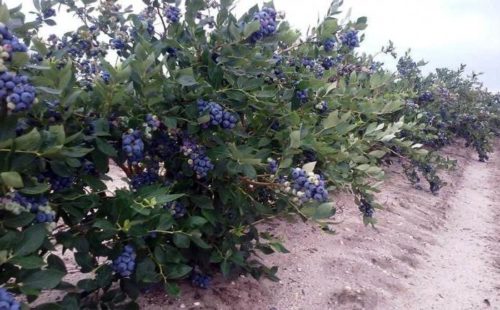
Blueberry in the Urals, varietal variety
Currently, in culture there are more than 60 blueberry varieties. Most of them are winter-hardy species, are not subject to illness and adapted to the climate of the Urals.
For this climatic zone, early and secondary varieties will be suitable. Late flight representatives may not have time to grow to the onset of cold weather.
All varieties are derived based on the coat (ordinary) blueberry, a low shrub with small berries. The derived hybrids are higher, with large, fragrant and delicious berries, shrubs.
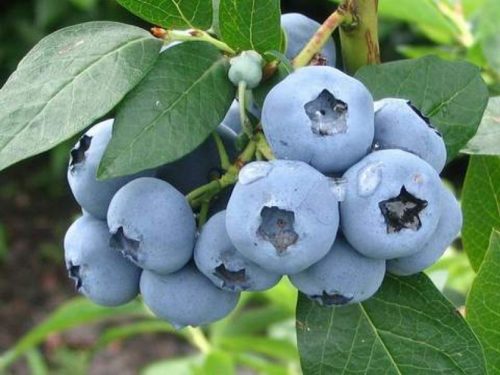
Let us dwell on the best blueberry varieties grown in the Urals. Conditionally, they can be divided into several groups:
- Located varieties: elegant, nectar, wondrous, yurkovskaya, Ixin, taiga beauty. Bushes reach a height of no more than 50-60 cm, berries ripen early, from mid-summer. Different with high frost resistance.
- The average varieties: Chandler, Duke, Patriot. The skeleton of this blueberry is the floor tall (up to 1.5 m), withstand up to -40c frost. It is characterized by a long period of maturation (1-1.5 months) of large and dense berries.
- Tall varieties: Rankocas, Shantecler, Weymouth, Erliblu. The height of the shrub can reach 2 m, early grades, grow perfectly in the middle strip of Russia. Varieties: Blussier, Spartan, Bluras, Norland, Jersey with medium (at the end of July) maturation and high yield.
According to gardeners, the most successful and endless sorts of blueberries for the Urals are: Chandler, Taiga Beauty, Wing, Yurkovskaya, Ilsinskaya.
Tip: Given the cross-pollination of blueberries, for successful fruiting you need to plant two or three different varieties with about the same flowering period.
In the Urals, the grades of tall blueberry American are perfect. High splashing shrubs easily endure the most severe winters and plentifully fruit with delicious berries. In addition, the hybrids of this group of blueberries are successfully fruitless without pollinators and can disembark a single plant.
Features of growing blueberries in the Urals
- Garden blueberries is quite complex, in reproduction, culture. Seeds multiplied only wild blueberries. Gardeners use vegetative breeding methods: stalling or tanks.
- Deciding to put on the blueberry area, 2-3-year-old seedlings with a closed root system should be chosen. Buy landing material better in special nurseries. Differed wild blueberry seedling (for example, in the forest), as a rule, does not take root in the garden, due to the sickness of the Coma of the Earth at the time of the extraction of the plant from the soil. This is explained by the fact that, along with the soil, the mushrooms of the saprophytes living on the roots and the plant participating in the nutrition. After that, the seedling does not survive in the new conditions.
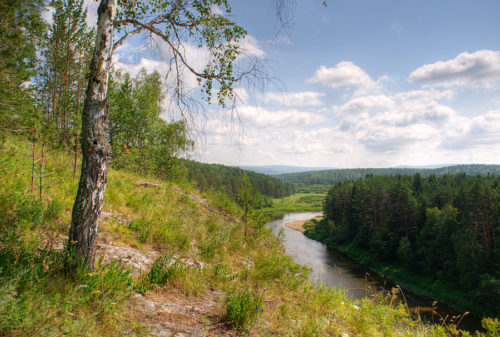
Blueberry in the Urals, planting technology
Unpretentious and hardy blueberries, especially susceptible only to the quality of the soil and the selection of space for landing.
Choosing a place for landing blueberries in the Urals
- Blueberries is growing only on acidic soils, with a pH of the medium from 3.5 to 5.0. In a neutral or alkaline medium, the plant begins to hurt, slows down growth and may die. Therefore, it is often necessary to prepare a separate area with a fitting composition, differing from the main (for vegetables and fruits). To acidify the soil use ground sulfur (250 g per 1 m 3 Earth) or mineral fertilizers (ammonium sulphate, urea, ammonium nitrate, potassium sulfate, nitroammofoska).
- Blueberry roots are locked in the upper soil layer, so the soil must be moisture and breathable, well-drained. Perfect combination: peat with sand. In the case of sublibious soils, make a bulk raised bed.
- For sun-downtown, blueberries are suitable solar, open, protected from wind, terrain.
- Blueberry is a moisture-loving plant, in need of constant moisture, but without moisture without stagnation. Sections with close grounding of groundwater (50-60 cm) are perfect for landing blueberries.
- Experienced gardeners, for the preparation of the site, are recommended to carut before boarding blueberries, useful sites: Lupine and Oats.
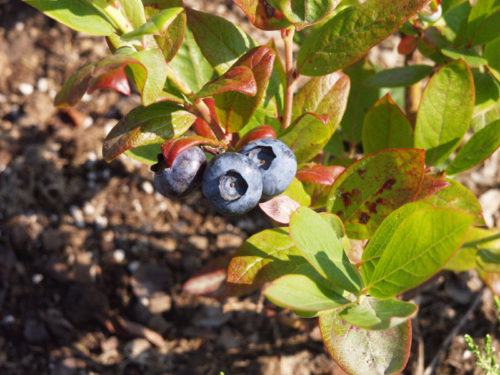
Agrotechnology landing blueberries in the Urals
- Landing Blueberries is carried out both in spring and autumn. Gardeners celebrate the best time for planting - spring when the plant for winter has time to take care well, adapt and less exposed to frozen. On the other hand, accepted after autumn fit, the bushes grow as hardened and viable.
- Prepare a pit for landing, an approximate size of 0.5 x 0.5 x 0.5 m. The distance between the seedlings should be about 1 m.
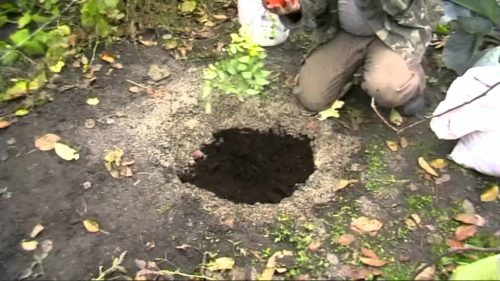
- In the ground, it is necessary to pave a border ribbon or a piece of slate to separate the area with acidic soil from the neighboring (for example, neutral in composition) of soils. This device will serve in a further obstacle to the destruction of the soil and preserving the necessary acidity.
- Dipped pit half fill with an acidic peat. You can use the upper soil layer in the pine forest. This best substrates for the settlement of the necessary blueberry, mushroom mycorrhiza.
- Additional fertilizers, such as the organic, is not worth it. Manure, ash, lime increase the alkaline reaction of the soil, which will negatively affect the development of the plant.
- Before boarding, a seedling with a container is placed in acidic water (1 tsp of citric acid on 10 liters of water) for an hour.
- After turning, the seedlock is pulled out of the container, gently spread the roots and placed in the landing hole.
- When landing, the root neck is plugged by 4-5 cm in the soil, for the formation of additional roots.
- The soil around the plant is sealing and watered with acidified water (in which the seedlock was soaked).
- The overhead part of the seedling is cut, leaving hemp, 10-12 cm high with 2-3 kidneys.
- After planting, to preserve a wet microclimate, the borjal area is mounted in a layer of 5-10 cm. For this, hydrofins, peat, moss or wood chip are used.
- The first yields will appear after 3-4 years, and mass fruiting will begin in 5-7 years. With proper leaving of the plant, on the 7-8th year of his life, you can collect about 10 kg of berries from one shrub.
Baby care in the Urals
Although blueberries, a relatively unpretentious plant, which does not suffer and is not damaged by pests, there are a number of mandatory agrotechnical activities for the care of perennial shrubs. Namely:
- Continuous measurement and maintenance of the necessary soil acidity. If necessary, in the soil you can add powder of colloidal sulfur or solutions of lemon, acetic, oxalous and malic acids. "Check out" the soil is better at the beginning and at the end of summer.
- Putting fertilizers, in case of its shortage in the soil. In the appearance of the plant, it is possible to determine which element he is missing. If the plant has a nitrogen deficiency - the leaves are yellow, slows down the growth of shoots, berries minor. With a lack of phosphorus - the leaves are flexing into the stalk and slightly pose; The shortage of potassium - the tips of the leaves and the tops of the shoots die away, spotting appears on the leaves. Calcium deficiency signals the deformation and yellowing of the edges of the leaves, and the lack of magnesium - redness around the edge of the leaves. If the leaves acquire a white shade - there is not enough sulfur, and if the yellow-green mesh is formed on the foliage - blueberries needs hardware.
- Trimming shrubs is carried out, starting from the 6th age. In the fall, after harvesting or early in spring, to swelling the kidneys, they remove dried, damaged, too old and weakly growing shoots.
Tip: If the shrub bloomed, and then there was a cooling, peculiar to the Ural spring, it is necessary to carry out irrigation by ordinary water. Thus, the evaporation of moisture will create a special warm microclimate around the shrub and the flowers will not fall.
- Shelter for the winter is necessary for seedlings only in the first year after landing. During the rest of the time the blueberry is not covered. The only thing if the temperature decreases below -30c - more sprinkle the bushes with snow, and tall grades begged in advance to the ground and cover the snapper.
- Watering, loosening and mulching - mandatory plants care. Mulch will protect the plant from overheating and evaporation of moisture. Watering is carried out abundant and regular. Ruffle is carried out extremely gently, given the surface root system of the shrub.
- Harvesting has a long, stretched period: from July-August to September.
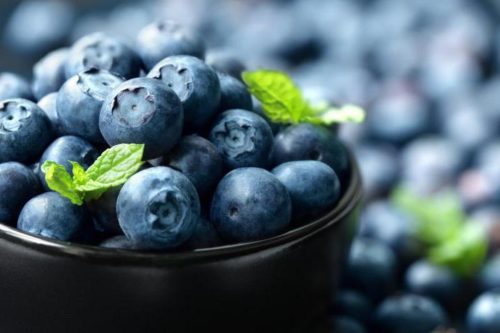
Useful properties of blueberries
- Blueberries contains a huge amount of antioxidants that slow down the aging of the body.
- The presence of natural anthoxian blueberries helps to remove toxins and decay products from the body.
- The plant hormones contained in the fruits are beneficial to digestion, strengthening vessels and serve as prevention of cardiovascular diseases.
- Folic and elactic acids rich in berries are needed to all pregnant women and children.
- Many vitamins and trace elements improve vision, memory, metabolism, increases hemoglobin and rejuvenates the body as a whole.
Using delicious berries in both cheese and processed form, a person receives not just food, but also invaluable benefit to strengthen the body.
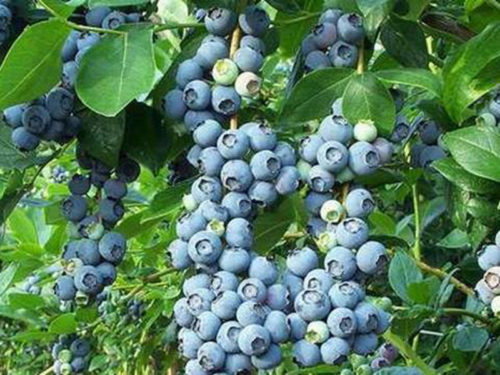
Summing up, to grow blueberries in the Urals, we note the most important aspects:
- Blueberry is a enviable long-liver, well adapted to the climatic conditions of the Urals.
- A long-term shrub, necessarily needs acidic, not dense soils.
- Landing and blueberry care does not require special skills, the main thing is to comply with the basic described in the article, agrotechnical rules.
- The value and usefulness of blueberry berries with interest justifies all efforts during its cultivation.

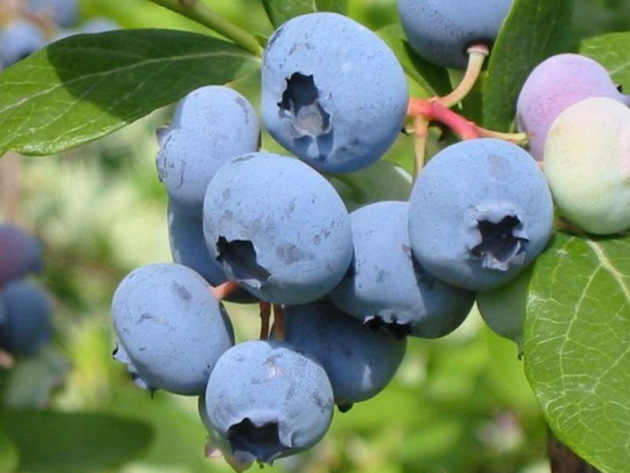
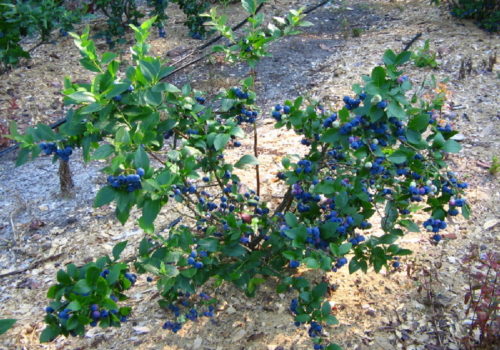
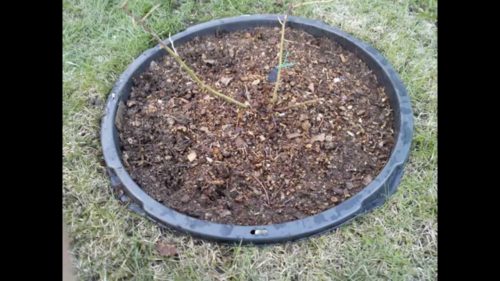
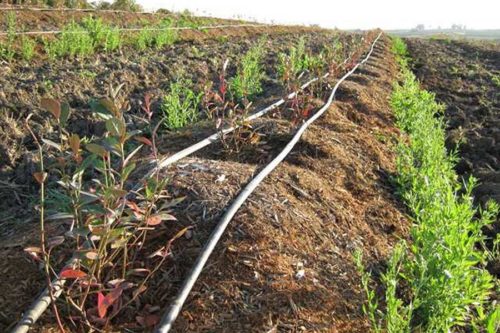
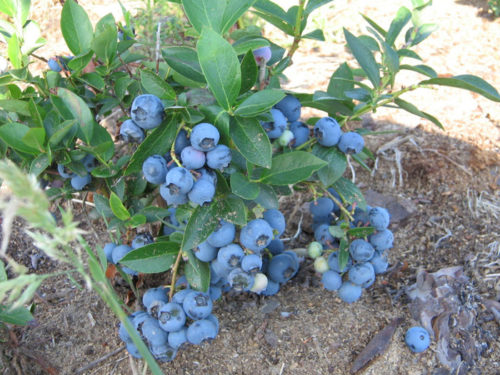













 Start a discussion ...
Start a discussion ...